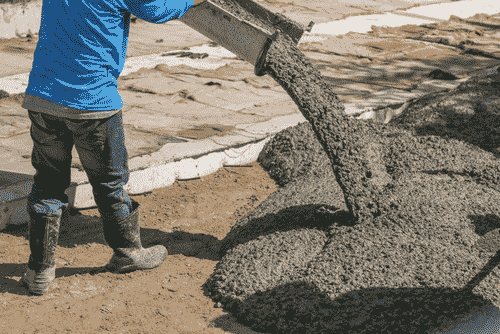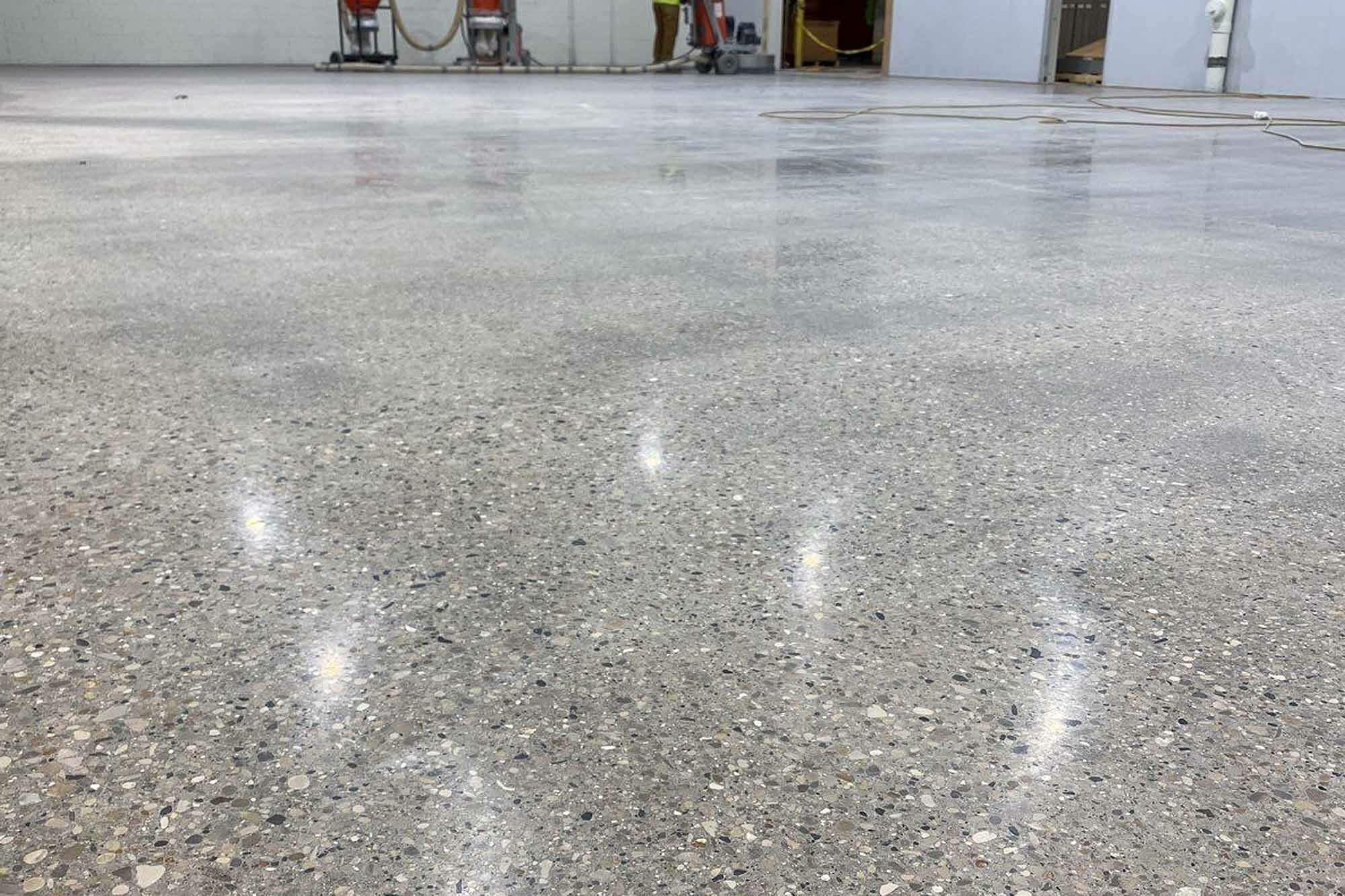Concrete Repair Work and Maintenance: Keep Your Structures Strong and Long-Lasting
Concrete Repair Work and Maintenance: Keep Your Structures Strong and Long-Lasting
Blog Article
Revealing the Eco-Friendly Advantages of Utilizing Recycled Concrete in Lasting Building And Construction Practices
In the world of sustainable construction methods, the usage of recycled concrete stands as a critical yet frequently underestimated resource. Past its conventional applications, recycled concrete offers a myriad of green advantages that prolong far past the confines of typical building materials.
Environmental Advantages
By including recycled concrete into building and construction methods, there is a significant reduction in the need for brand-new raw materials, leading to preservation of all-natural sources. In addition, the use of recycled concrete decreases the quantity of waste being sent out to garbage dumps, thereby lowering environmental air pollution and minimizing the strain on land fill capacities (Concrete).

Moreover, the manufacturing of standard concrete is a considerable source of carbon emissions because of the energy-intensive process of concrete production. On the other hand, recycled concrete has a lower carbon footprint as it lowers the need for new concrete production. This reduction in carbon exhausts contributes to mitigating environment modification and supports lasting construction techniques. Generally, the environmental advantages of using recycled concrete are substantial and play a crucial duty in promoting environmentally friendly building and construction methods.
Cost-Efficiency
Attaining cost-efficiency is a critical consideration when evaluating the utilization of recycled concrete in construction jobs. One of the crucial benefits of using recycled concrete is its cost-effectiveness compared to standard concrete.
In addition, using recycled concrete can lead to cost savings in landfill prices by drawing away concrete waste from disposal websites. This not just lowers the environmental effect however likewise gets rid of the expenses related to waste elimination. In addition, the sturdiness and performance of recycled concrete approach traditional concrete, guaranteeing that expense financial savings do not jeopardize the high quality of the building and construction.
Sturdiness and Stamina
Recycled concrete offers similar, if not superior, sturdiness and toughness properties to standard concrete - Concrete. Through improvements in handling techniques and top quality control, recycled concrete can fulfill or surpass the efficiency criteria of conventional concrete.

Waste Decrease
When it comes to utilizing recycled concrete, waste reduction is an essential advantage that adds substantially to ecological conservation. By integrating recycled concrete into building jobs, this waste is repurposed and diverted from landfills, reducing the overall ecological effect of building activities.
Additionally, the use of recycled concrete can lead to set you back savings for construction jobs, as it is usually much more affordable than sourcing and carrying brand-new materials - Concrete. In verdict, waste reduction with the application of recycled concrete is a vital element of lasting construction methods that profits both the construction and the atmosphere market as a whole.
Energy Preservation
Power conservation is a critical aspect of sustainable building techniques, aiming to decrease the total power usage connected with building operations and materials production. Substantial power financial savings are attained contrasted to typical concrete production when it comes see to making use of recycled concrete in building and construction. The procedure of creating recycled concrete includes squashing and recycling existing concrete products, which eats much less power than mining, handling, and moving resources for brand-new concrete manufacturing. Furthermore, making use of recycled concrete can aid lower the need for virgin aggregate, further minimizing original site the energy-intensive removal and processing of natural deposits.
Final Thought
In conclusion, the utilization of recycled concrete in lasting construction practices supplies many environmental advantages, cost-efficiency, sturdiness, stamina, waste reduction, and power conservation. By including recycled concrete into building projects, we can add to a more eco friendly and lasting future. It is crucial for the building sector to prioritize making additional reading use of recycled materials to help in reducing the ecological impact of building and construction tasks.
One of the essential advantages of making use of recycled concrete is its cost-effectiveness compared to typical concrete.Moreover, the usage of recycled concrete can lead to financial savings in garbage dump prices by diverting concrete waste from disposal websites. The toughness and performance of recycled concrete are similar to standard concrete, ensuring that expense financial savings do not jeopardize the top quality of the construction.

Report this page